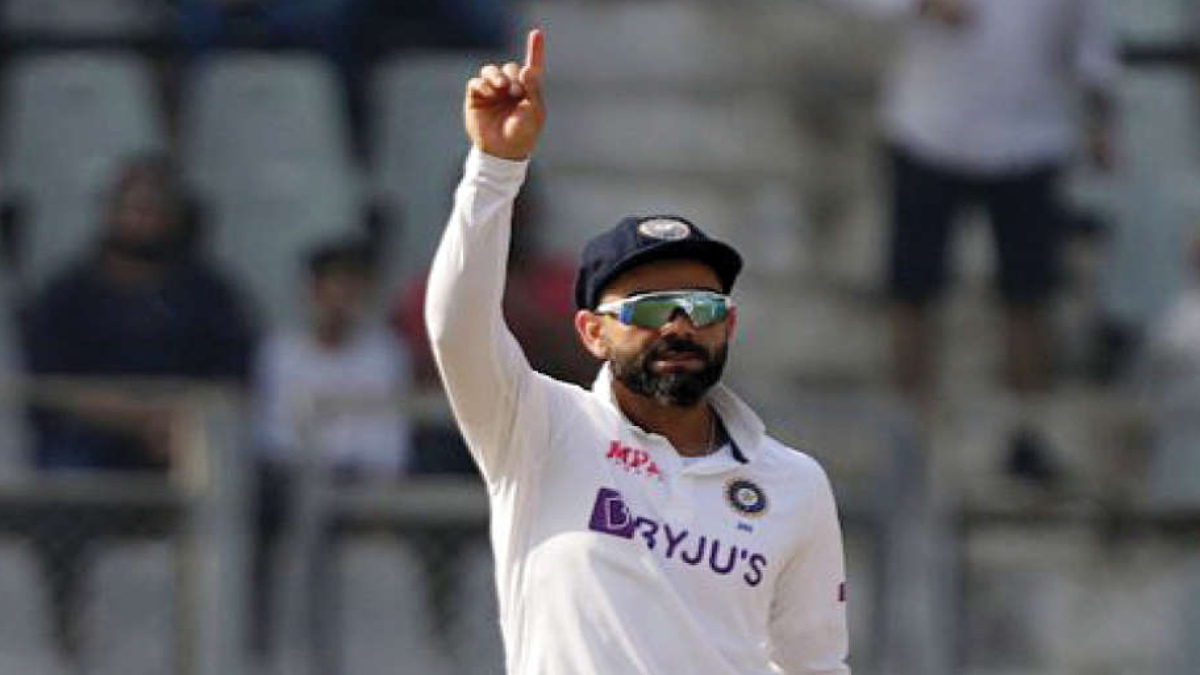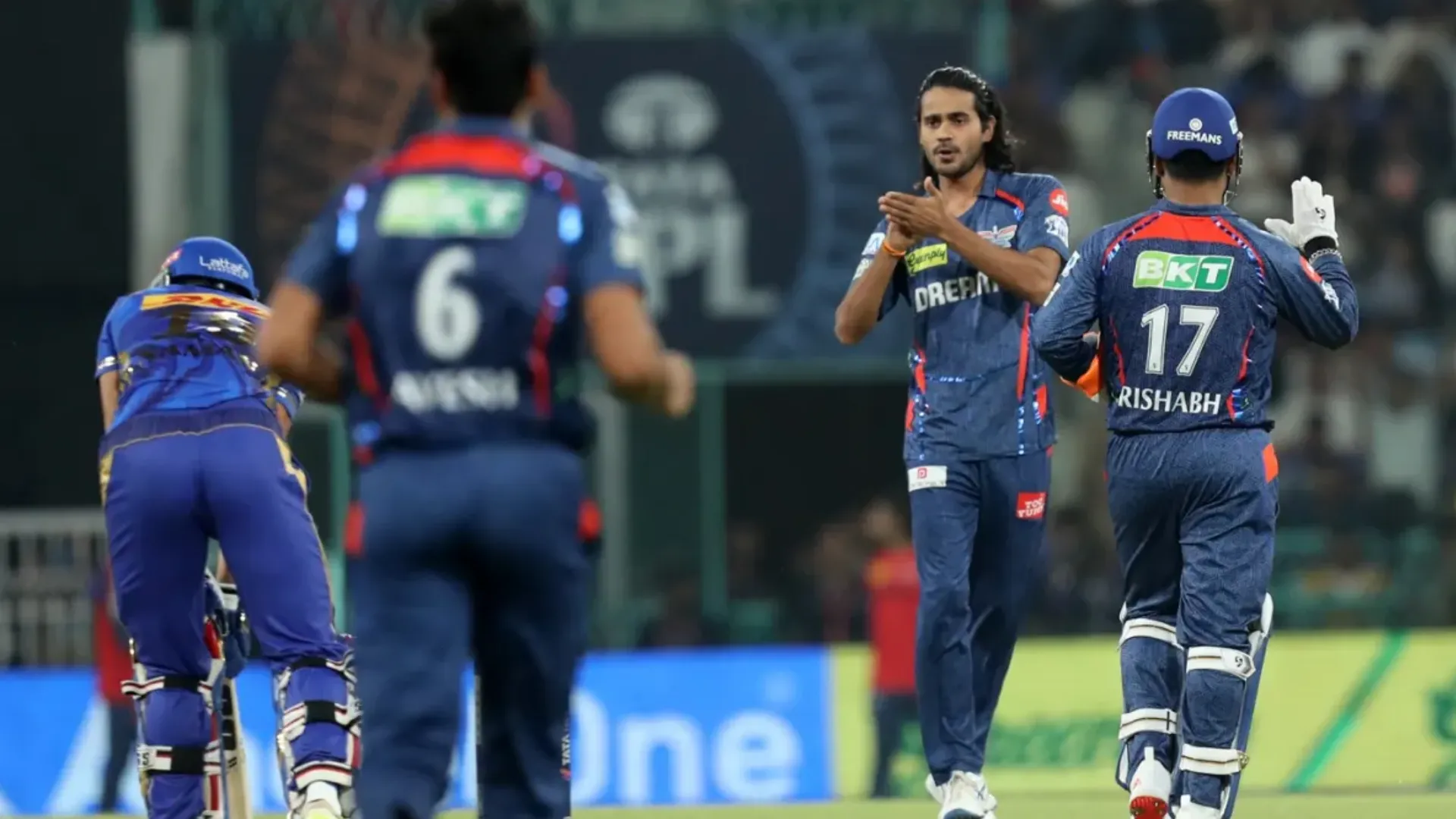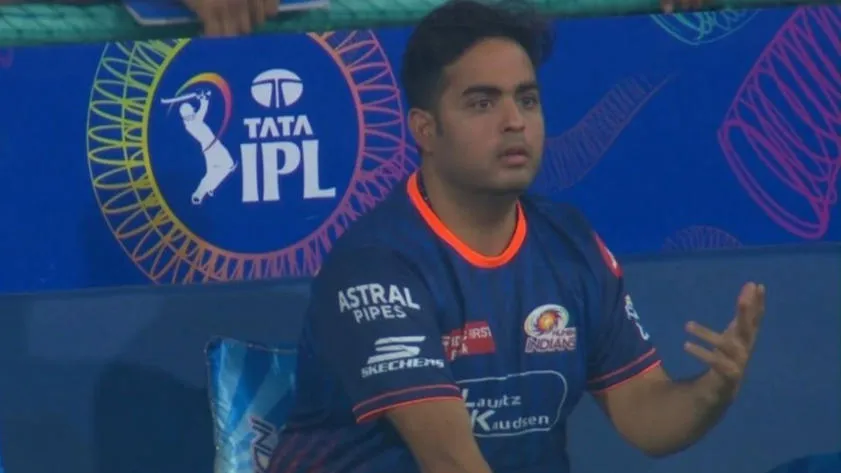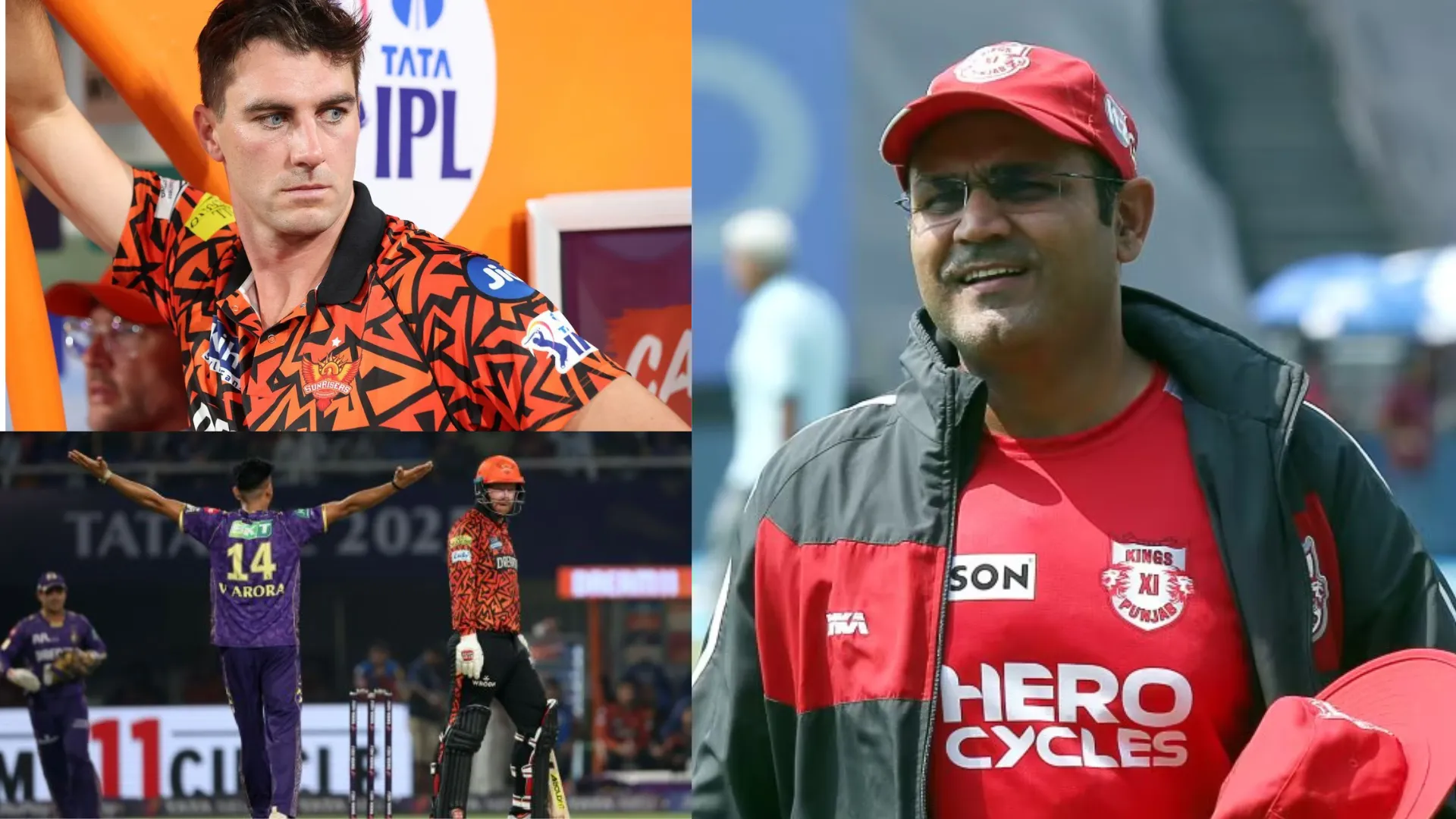Last week, in this column, I had exwpressed the fear over the fearless batting approach of England, especially when chasing targets in Test cricket lately. That fear has once again translated into reality. New Zealand faced it for three Tests in a row and India, under the new captain, Jasprit Bumrah bore the brunt of the English run machine at Edgbaston.


India came into the final test with a 2-1 lead and when Bumrah’s men scored 416 in the first innings, there was a quiet (yet nervous) sense of assurance that at least a draw would come out and India would seal their maiden series triumph on English soil in 15 years. This feeling got emboldened when England were reduced to 83 for 5 in their first essay. That’s when Jonny Bairstow crunched India’s leadto 132 instead of what looked a certain 200 plus. India had a chance to widen that lead well past England but again, a top-order batting failure meant the lead was 377. This lead is usually a commanding one, but definitely not for the new England under Brendon McCullum.
The end result, India’s last bastion remains a lost bastion. India has never won a Test in Edgbaston, and this was the closest the team got to winning.
So, what went wrong for India?
To put it in simple terms, not much actually went wrong. Just like New Zealand, India dominated the Test for major parts, but England dictated the important stages and that was the difference at the end of the day. A target of 378 in the final innings shows it was a fantastic overall display by India, but that fantastic was simply not enough. While it is easy to be critical of the Indian team for failing to defend the massive target, it will be extremely unfair to say this was a bad loss. We need to remember we have suffered worse defeats in the past. Under new captain, Jasprit Bumrah, India looked sharp but not incisive.
New problem for India
Defending fourth innings targets on tricky foreign pitches has ironically been a huge grey area for India in recent times. In South Africa earlier this year, we struggled to defend 240 and 212 in the second and third Test respectively on uneven tracks and in a series where either team crossed 300 only once in 12 innings. And now this one at Edgbaston. In all, over the last three Tests on foreign soil, India have lost all three defending. And what do the numbers look like? We have conceded 833 runs and picked only 9 wickets in the fourth innings of these three Tests. Now, that is the alarming scenario.
Why is this happening?
Traditionally, India has banked on spin to finish the opposition on the final day of Tests, irrespective of the pitch conditions. While we have dramatically built our pace battery in recent years, a traditional stronghold has gone into oblivion – Presence of quality spinners on the final two days of a Test match. While Ashwin and Jadeja have been very good at home, supported by Axar Patel, the duo has an ordinary record in the fourth innings of Tests played in SENA countries (South Africa, England, New Zealand and Australia). Ashwin has taken only 10 wickets at a bowling average of 35 in the fourth innings there against his overall career average of 24. Jadeja has an even worse record. The left-arm spinner has just 6 wickets at an average of 53. Now, compare this with the famous spin trio of BS Chandrasekhar, Erapalli Prasanna and Bishan Singh Bedi. Chandra enjoyed a fourth innings bowling average of 18, Prasanna 19.5 and Bedi 14 in the same four countries. Now, these are stunning averages and so beautifully set up defending fourth innings’ totals.
For the Indian thinktank, this should become a major area to fix if they are to start competing in the final innings of a Test match overseas, especially while defending in SENA countries.
Top-order woes relentless
While the final day bowling is an area that needs to get fixed, another area that deserves major thrust is our top-order batting. The performance at Edgbaston once again exposed the frail nature of India’s top-order batting, led by Virat Kohli.
Over the last 10 Tests in SENA countries, India’s famed top three of Virat Kohli, Cheteshwar Pujara and Ajinkya Rahane have identical averages of 28. And between them, they have only one century, which was scored by Rahane in the Boxing Day Test in 2020. Kohli, on the other hand, has now gone over 30 months and 64 international matches across formats without a century. He last scored a hundred against Bangladesh in the day-night Test at the Eden Gardens in November 2019.
India’s top order woes last 2 years
Time to drop Kohli and Pujara?
These numbers bring us back to the question Indian cricket has been trying to address for a couple of years now. Has time come to drop Kohli and Pujara from the Test squad? Is legacy disallowing fresh talent their due?
Rahane, who was the vice-captain of the Test squad until recently, was recently shown the door and his contract too slipped to Grade B in BCCI’s centralised contract scheme. However, Sourav Ganguly & Co. haveso far resisted showing the same intent towards Kohli. Historically, top players bringing in the age-old theory of ‘form is temporary, class is permanent’ naturally get an extended run. We have seen in the past that the very best of batters go through their lean patches, but the big question would always be about the length of their ropes in such periods. I am personally a huge fan of Kohli but after the Edgbaston Test, I feel he has overrun his chances and time has come to drop him. His slump is not just about SENA but even at home.
If anything, a measure like this will help the fierce competitorthan being detrimental. Kohli shouldplay English County next year to get his rhythm and form back. He can always get an entry back into the Indian line-up after getting rid of some excess baggage of pressure. Right now, it is evident he is mentally just not there to handle the pressure of a big score. Probably why he has also resorted to a bit of extended gamesmanship. Those moments against Bairstow when he was sledging him big time backfired for India. Well, if Bairstow got out, the argument would have been different, but I do feel Kohli looks frustrated as an individual out there and therefore, would serve him and Indian cricket right if he decides to take a sabbatical from Test cricket.
It must be noted that India will not be playing Test cricket at least till the end of the T20 World Cup in October-November this year. India’s serious Test competition resumes in February 2023 when the powerful Aussies get set for the India test.
Who can potentially replace the ‘Big Three’?
Given the time available ahead for reshaping the future Test ambitions, BCCI should focus on building the replacements for the ‘Big Three’. First and foremost, time has arrived when Rishabh Pant needs to be given more security. He has earned his spot as a pure frontline batter with some magnificent performances. Pant can be groomed for future captaincy given the flamboyant nature of his character. Like he did in Edgbaston, he should bat no lower than No. 5 in the batting order. India has plenty of new talent emerging in the wicketkeeping space and one such name that catches my attention in KS Bharat. Late last year, former India player, VVS Laxman had revealed in an interview that Rahul Dravid had very high regard for the wicketkeeping skills of Bharat. With Wriddhiman Saha out of the radar lately, time is ripe for India to invest in the future of Bharat. The 28-year-old Andhra lad also comes with a handy batting record at the first-class level. He has an average of 37 with nine FC hundreds.
In terms of the openers, KL Rahul and Shubman Gill are clearly investments for the long-term. Ishan Kishan can be groomed forsome business at the Test level. Sarfaraz Khan had an outstanding Ranji season where he finished with 982 runs at an unbelievable average of 123. His overall first-class record with 2530 runs at 82 is more than impressive. For sceptics who don’t necessarily benchmark Ranji numbers with that of national team’s needs, it must be emphasised that Sarfraz looked very sharp in the India A versus South Africa AUnofficial Test in December last year where he handled the dangerous Marco Jansen with ease. One more name that comes to my mind is the 19-year-old Yash Dhull, who scored a century in his Ranji debut this year for Delhi. The U-19 World Cup winning captain has shown he has all the ingredients to be a top Test player for India in the future.
Like ‘Reel’ Dhoni said…
While the Test defeat at Edgbaston must be painful for the fans, one must remember there are plenty of positives around this Indian team. The road ahead certainly looks promising for Indian Test cricket. Time has arrived for some tough calls to be taken in the long-term interest of the team. Like the ‘actor’ Dhoni said in ‘Dhoni: The untold story’, “We need to take tough calls for the betterment of Indian cricket.” Dhoni may or may not have said that in real life, but we are once again at that juncture where that statement holds value.
The author is a sports commentator.



















